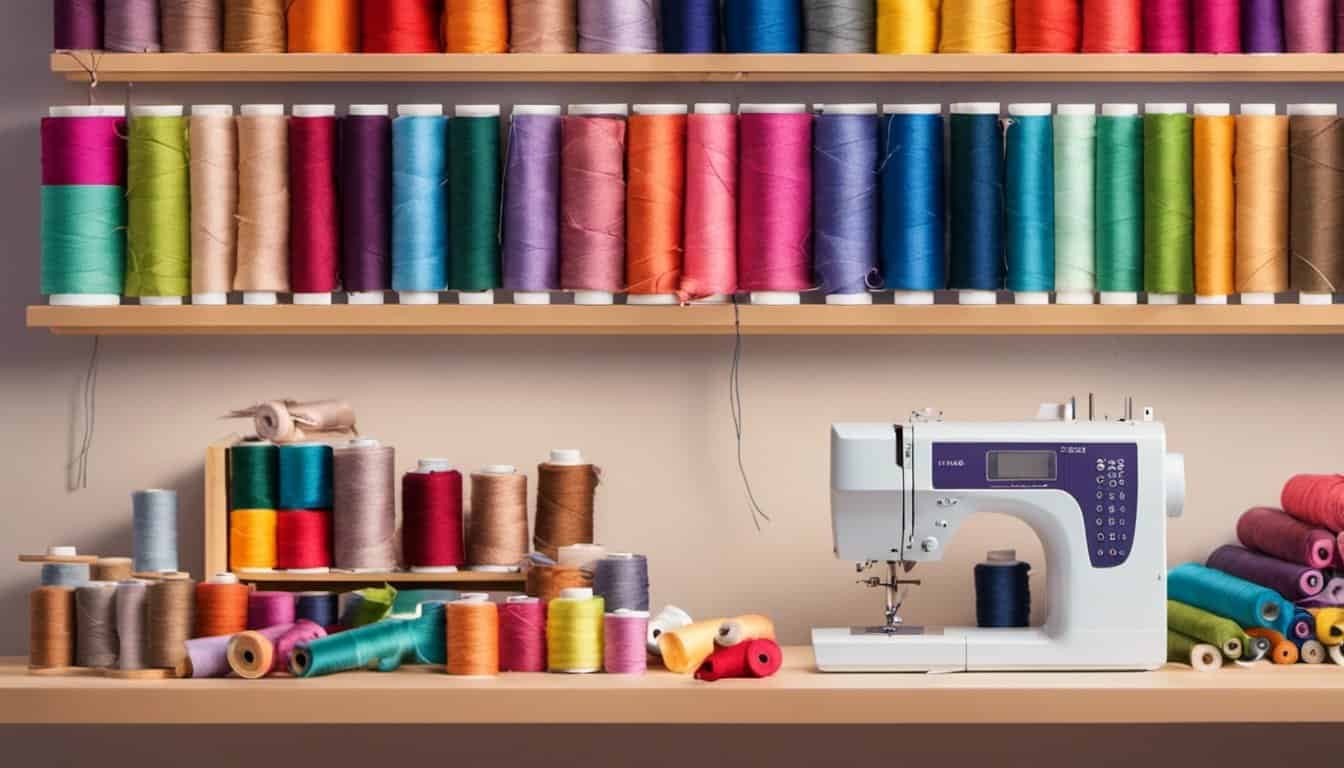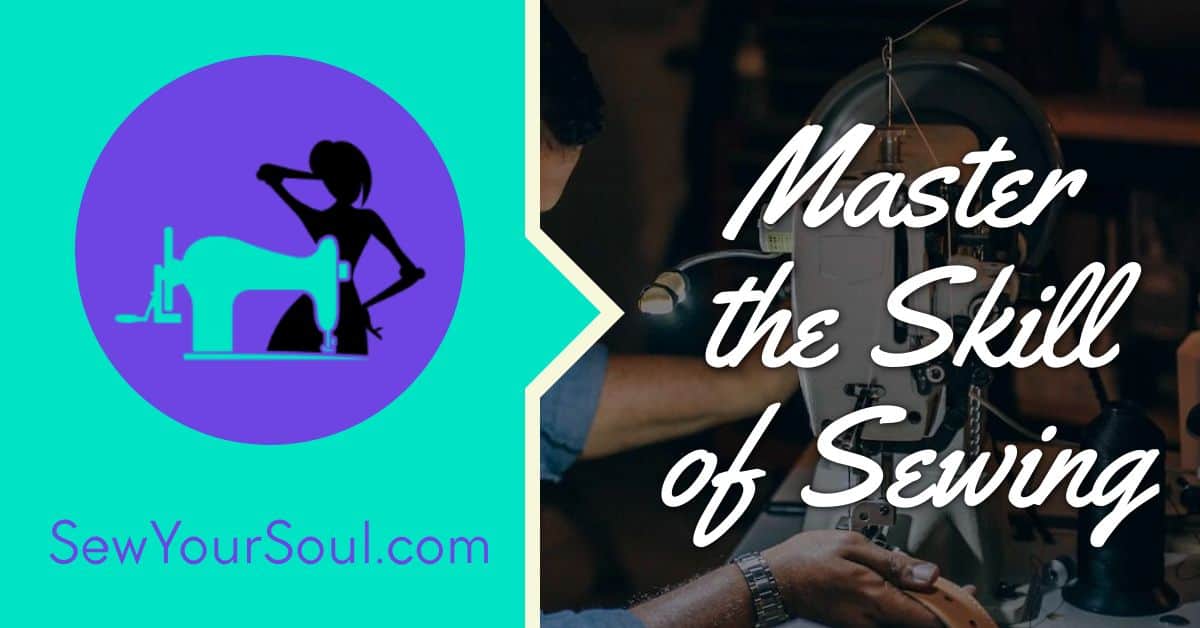If you’re diving into the world of sewing, you’ll quickly realize that not all scissors are created equal. The variety of sewing scissors available can be overwhelming, but each type has a specific purpose that can make your sewing projects smoother and more enjoyable.
From precision snips to heavy-duty shears, the right pair of scissors can make all the difference in achieving clean cuts and professional results. Whether you’re a seasoned seamstress or just getting started, understanding the different types of sewing scissors will help you choose the best tools for your craft. Let’s explore the essential scissors every sewing enthusiast should have in their toolkit.
Understanding the Importance of the Right Sewing Scissors
Choosing the right sewing scissors dramatically affects your sewing results. With various types on the market, each designed for specific tasks, it’s essential to understand their unique functions.
Factors to Consider When Choosing Sewing Scissors
Blade Length
Long blades cut fabric more efficiently while shorter blades provide precision. Selecting the right blade length depends on your project’s scope and detail.
Handle Comfort
Comfortable handles reduce hand strain during extended use. Ergonomic designs with soft grips offer better control and comfort.
Blade Sharpness
Sharp blades ensure clean cuts. Regular sharpening prolongs the life of your scissors and maintains performance.
Scissor Type
Different projects require specific scissors. For instance, fabric shears handle large cuts while embroidery scissors allow for detailed work.
The Impact of Material and Design on Performance
Blade Material
Stainless steel blades resist rust and maintain sharpness longer. Titanium-coated blades provide extra durability and reduce wear.
Tip Design
Pointed tips are ideal for intricate cuts and notching, while rounded tips prevent snagging delicate fabrics.
Spring-Loaded Mechanism
Spring-loaded scissors reduce hand fatigue. They offer automatic opening after each cut, beneficial for users with hand issues.
Weight and Balance
Well-balanced scissors with appropriate weight improve cutting accuracy. Heavier scissors offer stability but can cause fatigue over time, while lighter ones are easier to maneuver for detailed work.
Understanding how these factors affect sewing scissors’ performance can help you choose the perfect pair for any sewing project.
Different Types of Sewing Scissors
Choosing the right sewing scissors ensures precision and ease in your projects. Each type serves a unique purpose and offers distinct advantages.
Fabric Shears
Fabric shears excel in cutting various fabrics. These shears usually feature long, sharp blades—often 7″ to 10″ in length—for efficient, clean cuts. Durable handles reduce hand fatigue, making them ideal for thick materials like denim and canvas. To achieve straight, accurate lines, choose a pair specifically designed for fabric cutting.

Embroidery Scissors
Embroidery scissors offer precision for delicate work. Typically, their blades measure around 3″ to 4″, allowing for intricate, detailed cuts on fine threads and small fabric pieces. Many embroidery scissors come with pointed tips to access tight spaces. They’re a staple for embroidery enthusiasts who value accuracy and detail.
Pinking Shears
Pinking shears prevent fabric fraying with their saw-toothed blades. These blades create a zigzag pattern that limits the unraveling of threads. Most pinking shears have blade lengths of about 7″ to 9″, making them suitable for finishing seams and edges. For best results, use them on woven fabrics, as the pinked edge reduces raveling.
Applique Scissors
Applique scissors are perfect for trimming close to stitches. Their unique offset handles and curved blades offer precision when cutting around appliqué pieces or seam allowances. Blades range from 4″ to 6″ for smaller, detailed cuts. Appliqué scissors enhance accuracy without damaging the underlying fabric.
Thread Snips
Thread snips are essential for cutting threads. These small, spring-loaded scissors measure about 4″ to 5″ in length and provide quick, easy access to loose threads and seam ends. Their compact design makes them convenient for frequent use and ensures clean, precise cuts. Keep thread snips handy for a smooth sewing process.
Choosing the right tools, from fabric shears to thread snips, enhances the efficiency and quality of your sewing projects.
Features of High-Quality Sewing Scissors
« Discover the Amazing Benefits of Sewing Craft Kits for Adults: Your Ultimate Creative Escape
Discover the Most Expensive Sewing Machines That Will Transform Your Crafting Game »
High-quality sewing scissors elevate your sewing projects by providing precision and ease. Paying attention to their features ensures optimal performance.
Ergonomic Design
Ergonomic designs improve comfort and control during use. Look for soft-grip handles to reduce hand fatigue, especially during extended sewing sessions. Scissors with contoured or molded handles offer better grip and alignment with your hand, enhancing accuracy. Ambidextrous designs provide versatility, accommodating both left- and right-handed users.
Blade Sharpness and Durability
Blade sharpness and durability are crucial for efficient cutting. High-carbon stainless steel blades retain sharpness longer and resist corrosion, ensuring longevity. Micro-serrated edges offer enhanced grip on fabrics, preventing slippage. Precision-ground blades make clean cuts through various fabrics, from delicate silks to heavy denims. Quality scissors maintain their performance after repeated sharpening.
Care and Maintenance of Sewing Scissors
Proper care and maintenance extend the life of your sewing scissors, ensuring they remain sharp and efficient.
Cleaning Tips
Keep your sewing scissors clean to maintain their performance. After each use, wipe the blades with a soft cloth to remove any lint, dust, or residue. For sticky substances, use a damp cloth with mild soap, then dry immediately. If needed, apply a few drops of sewing machine oil to the pivot area to keep the movement smooth.

Sharpening Techniques
Regular sharpening keeps your scissors in optimal condition. Use a professional sharpening service for the best results. If you prefer doing it yourself, use a sharpening stone or specialized scissors sharpener. Only sharpen the cutting edge and maintain the original angle for best results. Test by cutting through a single layer of fabric and adjust as needed.
Conclusion
Choosing the right sewing scissors can make a world of difference in your sewing projects. Whether you’re cutting fabric, trimming threads, or doing delicate embroidery work, there’s a perfect pair of scissors for every task. Investing in high-quality, well-designed scissors not only enhances your sewing experience but also ensures your tools last longer.
Remember to take good care of your scissors by keeping them clean and sharp. A little maintenance goes a long way in preserving their performance and longevity. So, go ahead and find those perfect scissors to add to your sewing kit. Happy sewing!













